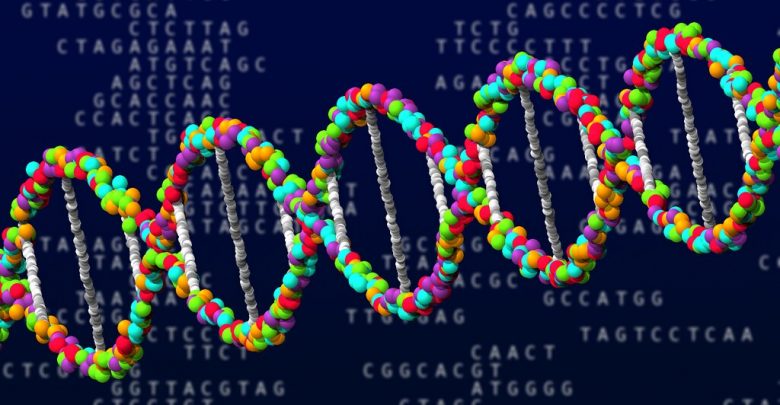
How easy would it be to falsify modern-day DNA testing?
My piece is a non-fiction murder-mystery style investigation into the case of the Romanov Royal Family. I want to convey as clearly as possible the strengths and weaknesses of the DNA tests done on the discovered remains. There’s a lot of controversy on this issue, so I’d like to remove what doubt I can, but my knowledge of the nitty-gritty of DNA analysis and forensics is rather limited.
-FuShaMan
The short answer is that it is extremely easy to falsify DNA testing. Tiny amounts of contamination in a sample will completely mess up the results.
Contamination can come from any stage in the process. If the original sample of biological material has contributions from more than one person, the results could be messed up, or more likely inconclusive. If the technicians doing the work don’t follow perfect sterile procedure, flakes of skin and dust could infiltrate the sample. There was a famous case of a serial criminal called the “Phantom of Heilbronn” that turned out to be a lady in the factory that made the cotton swabs. All of the DNA evidence that tied the crimes together were due to contamination of the testing equipment.
If you have someone motivated to falsify the results, all they would need is access to the samples before they are tested and a biological sample with which to replace them, or contaminate them.
Beyond that, someone could just fake the final report. DNA reports are mostly full of charts that don’t mean much to the untrained eye. Massaging the data to give the answer you want would be pretty easy for a lab technician, and the changes would be virtually undetectable unless another independent test was done.
This usually isn’t a problem because the techs are highly motivated to provide accurate results, and in many cases they don’t even know what person they are tied to. The tests are often “blinded” to help avoid bias.
For a more thorough understanding of how falsifying a test might work, it might be worth looking at what DNA testing tests for.
Everyone’s DNA is unique. Human DNA is made of around six billion “base pairs” all connected in a long chain. We get half of our DNA from each parent. DNA has sections called “genes” that get inherited as a package. We typically get one copy of each gene from each parent. These help determine pretty much everything about us, biologically, from visible things like eye and skin color, to how good you are at digesting lactose.
We often think of DNA testing as synonymous with genetic testing that might tell you if you’re prone to certain cancers etc., but forensics isn’t usually interested in genes in that way. The sort of DNA testing done in most criminal cases does not try to determine any physical characteristics of a person. All they want to do is to determine how likely it is that two samples of DNA came from the same person.
Forensic DNA tests focus on sections (loci) of DNA that are known to have wide variation the population, but are easy to isolate in a lab. The different possible variations of DNA in those areas are called “alleles.”
If two DNA samples have the same allele in the same place, then it is somewhat likely that they are from the same person. Modern tests check around 20 different loci. If the two samples have matching alleles at every one of those loci, it is extremely likely that they are from the same person.
It is possible for those tests to get “false positives” and unclear results. Two people can have the same combination of alleles in the loci checked, and close relatives are more likely to have this happen. Bad samples can make matters worse. Contamination or damage to the DNA in the sample due to age or exposure to harmful chemicals or sunlight can all degrade the sample so that a clear measurement of one or more loci can’t be determined.
It is part of the job of the technicians and scientists doing the tests to determine how likely the results indicate a match. It is never 100% certain.
Bringing this back to the Romanov remains from your question, the bodies are old. That means their DNA is definitely somewhat degraded, so your results aren’t going to be perfect. To positively identify them with good amounts of certainty, there would also need to be another verified sample of their DNA in good condition available to compare it to.
There are other, less certain means. If there were known descendants or relatives, they could test and compare DNA from them and it would strengthen the evidence for or against the identity of the remains.
There are also slower and more expensive techniques than are typically used in forensic analysis that can analyze more of the DNA in a sample. That can increase confidence in the results.
“Illustration of DNA”by DennisM2 is licensed under CC0 1.0
